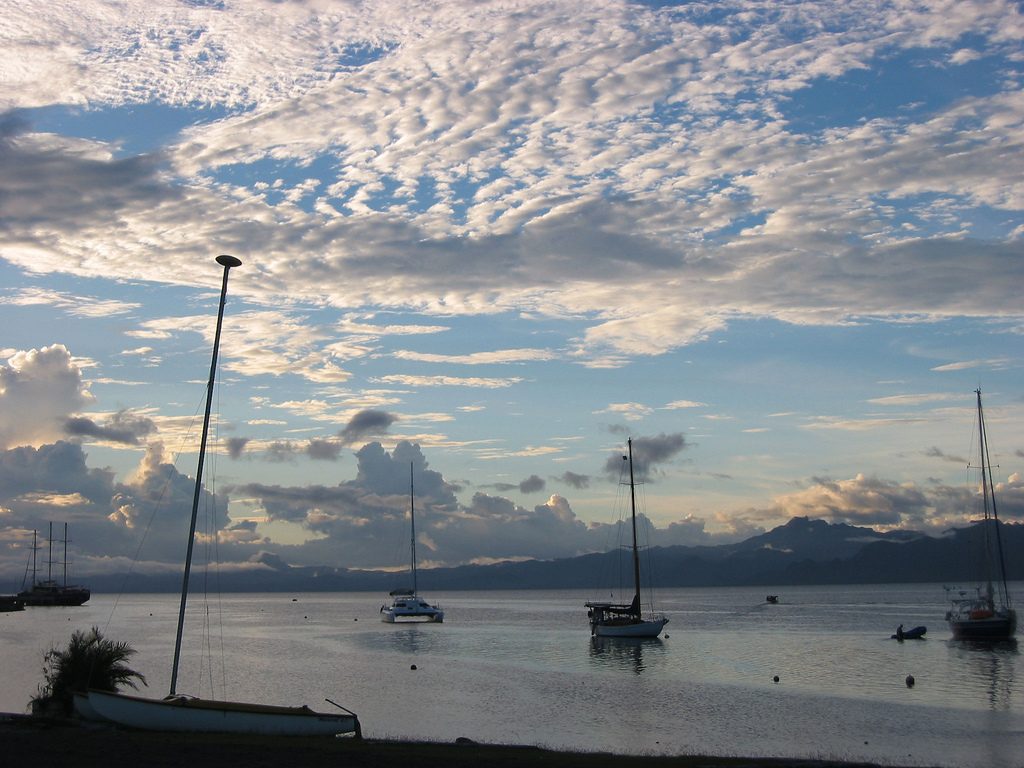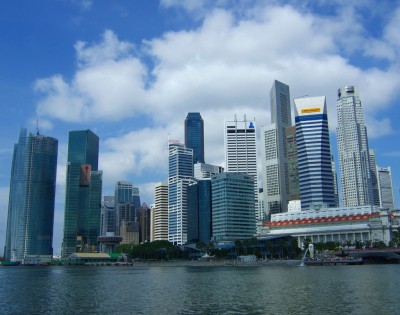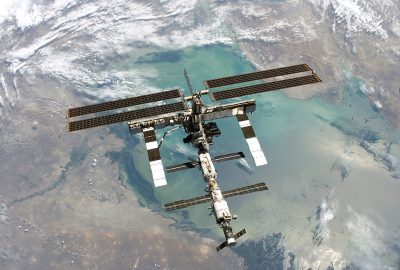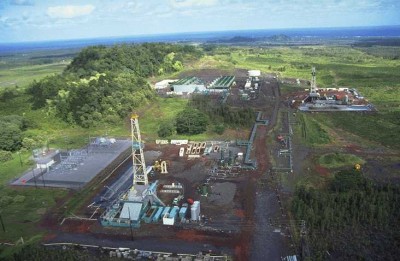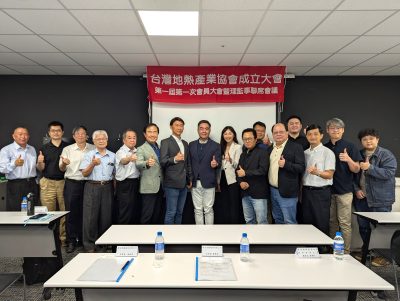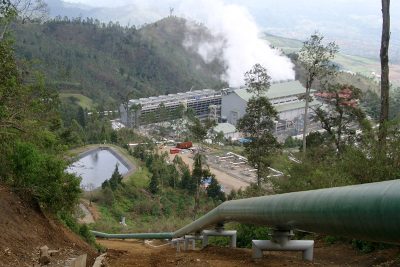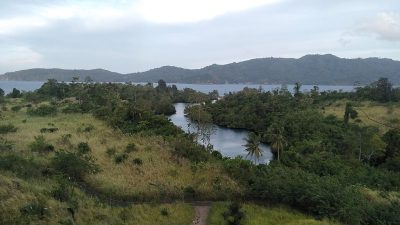Exciting project to utilise geothermal hot spring in Fiji for refrigeration
An exciting project by the University of New South Wales on the island of Vanua Levu in Fjii in the Pacific, is looking to utilise hot water from a geothermal hot spring to operate a centralised cold storage facility.
A fantastic article published by the University of New South Wales, describes how two remote off-grid villages on the tiny Fijian island of Vanua Levu are now looking forward to their first reliable source of refrigeration thanks to, rather ironically, their local hot spring.
The plan for this pilot project is to pipe the Waikatakata Hot Spring at Vusasivo, which is coming out of the ground at 70°C, into an absorption chilling facility at Natewa Bay.
This centralised cold storage facility will then be available for villagers to preserve their goods.
“So, for example, if they slaughter a cow or catch some fish they can freeze and store them there,” says Professor Regenauer-Lieb, Head of UNSW Petroleum Engineering.
“This will be an important facility for the villages where people still regularly die from food poisoning.”
The geothermal freezer facility plans to service the traditional landowners of Vusasivo Village and adjoining Natewa Village in coordination with the Nambu Conservation Trust of Natewa.
Although the villages have basic infrastructure, including a post office, church and small clinic, they are off-grid and find it difficult to keep food fresh.
They also have sewerage installations and no morgue or clean water, which all significantly enhance the risk of food poisoning and disease.
Having dedicated much of his professional life to researching geothermal energy, Regenauer-Lieb believes that deriving energy from natural hot springs represents a state-of-the-art and reliable renewable approach to cooling in villages and urban areas.
He says the geothermally driven absorption chiller technology is based on traditional electrically driven vapour compression chillers, but uses heat-driven absorption or adsorption and evaporation for refrigeration and freezing instead.
But when I got there I decided I wanted to do something much more lasting and beneficial for the people of Fiji.
The project, which is part of the long-running Geothermal Cities initiative set up by Regenauer-Lieb in 2008 with the CSIRO and other universities, is being funded and championed by the University of the South Pacific in collaboration with UNSW.
Regenauer-Lieb says the technology is already proven and is technically identical to the Chena Hot Spring in Alaska, which provides year-round ice for an ice museum and sculpture gallery.
“The original idea came about when I was invited to scout geothermal potential for a gold-mining operation on the island,” he says.
“But when I got there I decided I wanted to do something much more lasting and beneficial for the people of Fiji.”
In the future there might even be a geothermal power plant that could supply electricity to the population.
For the full article see link below.
